Design*Sponge is a blog that evolved into a pretty major design magazine online. I was enjoying my October issue of Bon Appetite and came across an interview with the blog’s/magazine’s author, Grace Bonney. The brief interview was enough to convince me to check out the sight and order the newly-released book, Design*Sponge at Home, on the spot. Over the past two weeks I have enjoyed the “Sneak Peek” pictures of the home decor choices made by artists, designers, and Design*Sponge contributers as they strive to make their homes beautiful, comfortable, and inviting all on a budget. I think that last part, the budget aspect of this book and blog is what has caused Grace Bonney’s blog to become what it is today.
I grew up in a “fixer-upper” house and I had the epitome of do-it-yourself parents, so while interior design and home decor may not have been on my radar formally, I spent a lot of time witnessing its effects. When I was in third grade we painted a wall with black chalkboard paint (it was way harder to erase stuff back then!); when I went away for a weekend dance competition I came back to find a huge hole in the wall between the kitchen and dining room (it became a lovely breakfast bar); when my sister and I graduated from sharing a bed to bunk beds, we put in windows that covered two walls of the room; when we put the house on the market, we painted the living room a golden color (it looked horrible before it dried!) and re-upholstered the couch to compliment the new wall color. I won’t say I showed a natural inclination to it…honestly I couldn’t believe my parents would paint the walls a burnt golden color…but now that I’m on my own and trying to decorate my own home (albeit an apartment for now), I appreciate the braveness it took to do bold things like that with our home. Looking back, I love what I learned from those times and what I enjoyed about Design Sponge at Home is that it provided a lot of ideas that seem far more doable than the big projects that my parents undertook. I am grateful for stepping stones while I bide my time in apartments and this book (and blog) are overflowing with great everything. You like do-it-yourself projects? Check out the DIY column on the blog or the entire section of ideas and instructions in the book. You want some awesome ideas on ways other people decorate their homes with flea market and Goodwill finds? Check out the Sneak Peak column.


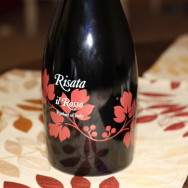

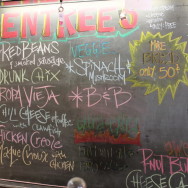
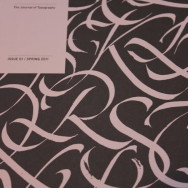
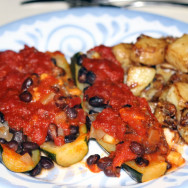

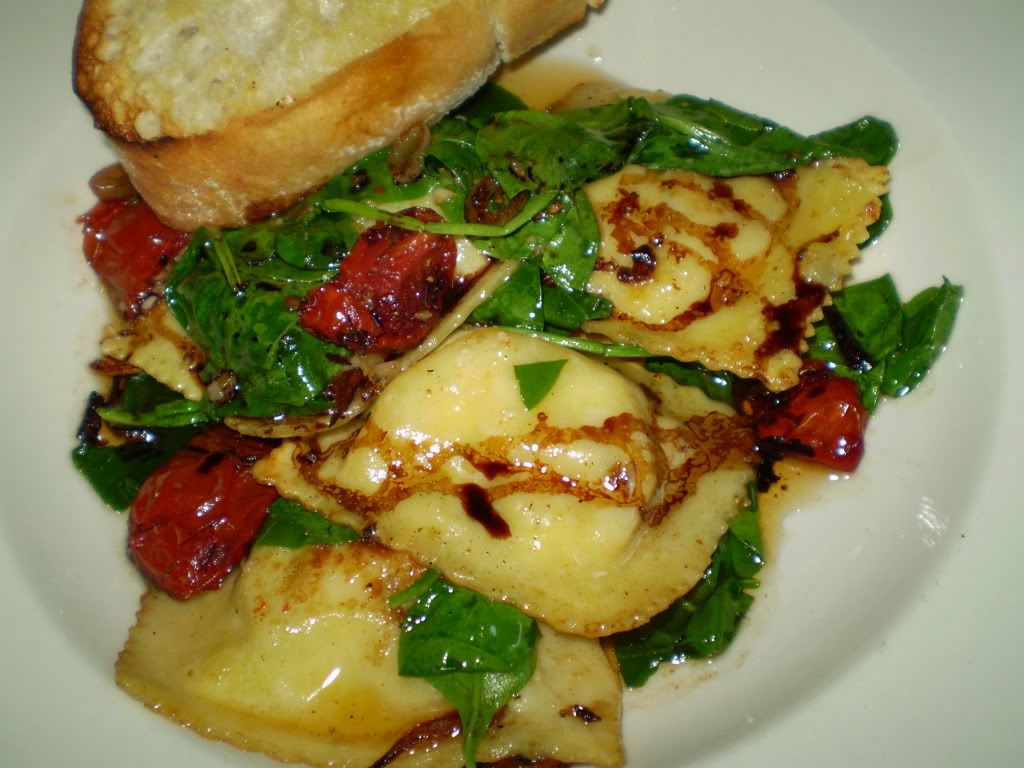 Hunter Gatherer is a restaurant/micro-brewery that I’ve walked past innumerable times, each time causing me to turn back for one lost whiff of the delicious aromas wafting off of the dishes the diners seated outside were enjoying. A spur of the moment dinner with a friend finally caused me to try the place out and it was definitely a good choice. My friend highly recommended the burgers and the beer was great.
Hunter Gatherer is a restaurant/micro-brewery that I’ve walked past innumerable times, each time causing me to turn back for one lost whiff of the delicious aromas wafting off of the dishes the diners seated outside were enjoying. A spur of the moment dinner with a friend finally caused me to try the place out and it was definitely a good choice. My friend highly recommended the burgers and the beer was great.
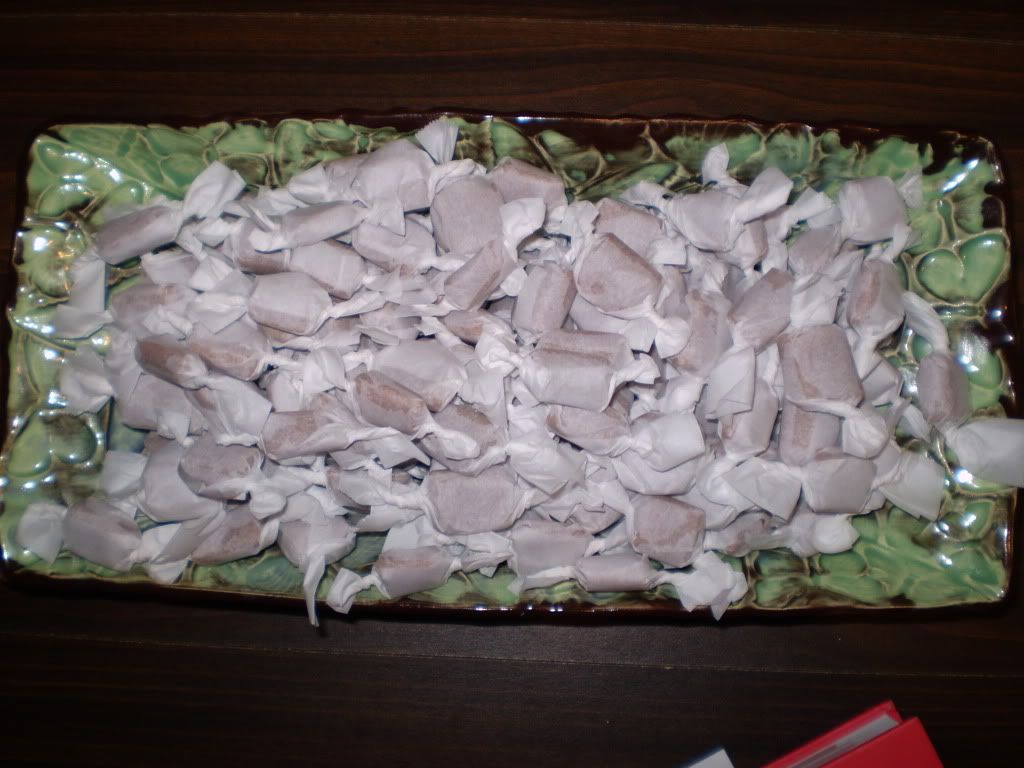




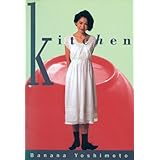
Recent Comments